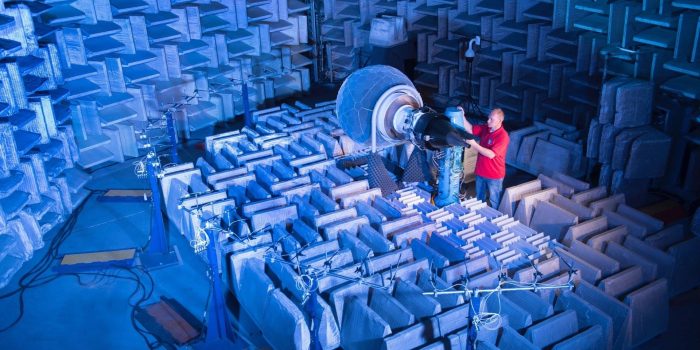Reducing the aviation industry’s environmental effect is a critical task. In order to solve this, NASA has set out to create next-generation, extremely efficient aircraft, and the DGEN380 Aero-Propulsion Research Turbofan (DART) is a vital weapon in their toolbox.
Measuring just 4.3 feet (1.3 meters), this tiny marvel is proof of the power of small things. Even though DART is little, it has a lot of power—570 pounds of thrust. A high bypass ratio, which is typical of larger, more fuel-efficient commercial engines, is incorporated into its design. This reduces fuel consumption and noise pollution by allowing a large amount of air to bypass the center.
The real power of DART is its ability to serve as an adaptable testbed. In contrast to costly, full-sized jet engines, DART provides an affordable platform for researchers to test new technology. This adaptability makes it possible to test and prototype new engine parts quickly, which will open the door for the development of a new generation of small-core, fuel-efficient engines for commercial aircraft by the 2030s.

Beyond fuel efficiency, DART serves as a vital platform for evaluating noise reduction techniques. Its compact size facilitates the testing of various noise-dampening materials and engine coatings, contributing to the development of quieter airplanes. Additionally, DART can be used to assess the performance of sensors and other crucial aircraft instrumentation.
The engine’s contributions are already evident. Research with DART has shed light on how material integration can minimize engine noise, a significant step towards a more eco-friendly aviation industry.
Following successful testing, DART will likely graduate to larger facilities like NASA’s wind tunnels for further evaluation. This crucial bridge between design and wind tunnel testing ensures the successful integration of these technologies into future aircraft engines, ultimately contributing to a more sustainable aviation future.
DART may be small in stature, but its impact is potentially monumental. It represents a significant leap towards a cleaner, quieter, and more fuel-efficient future for air travel, demonstrating NASA’s commitment to a sustainable tomorrow.


